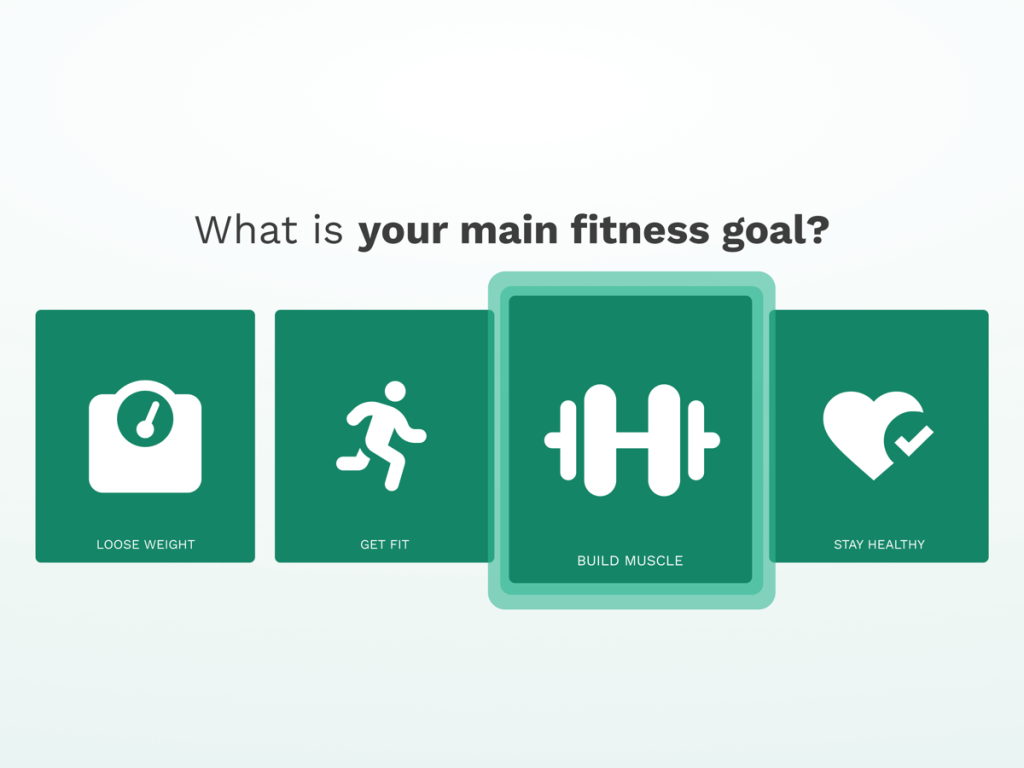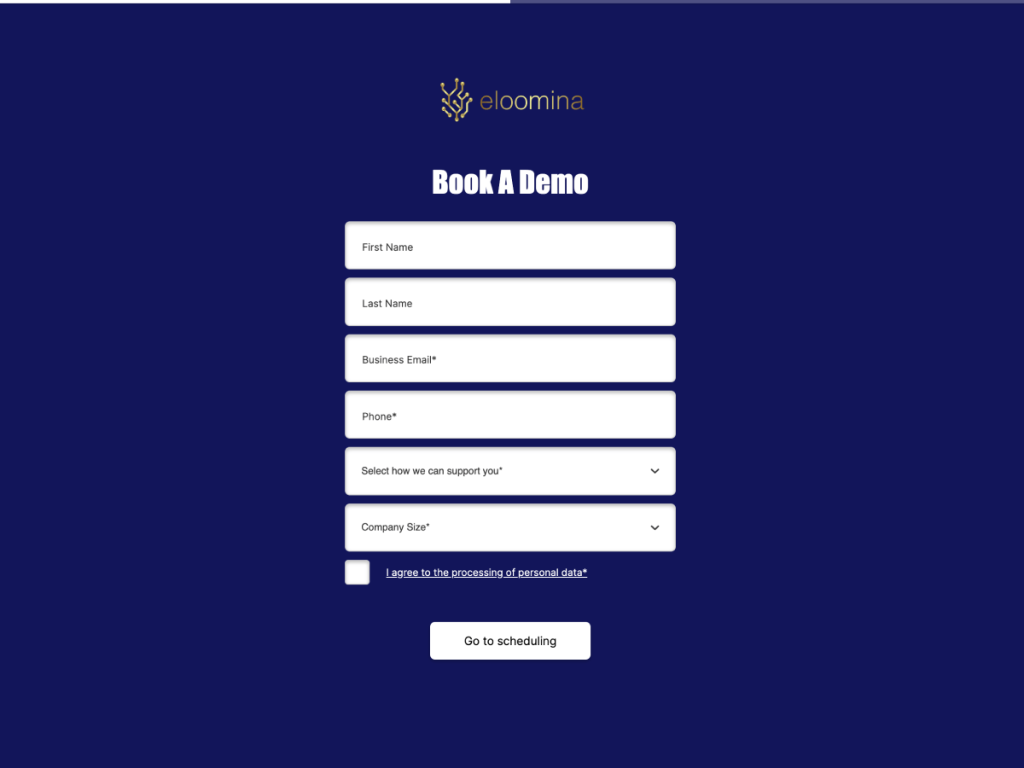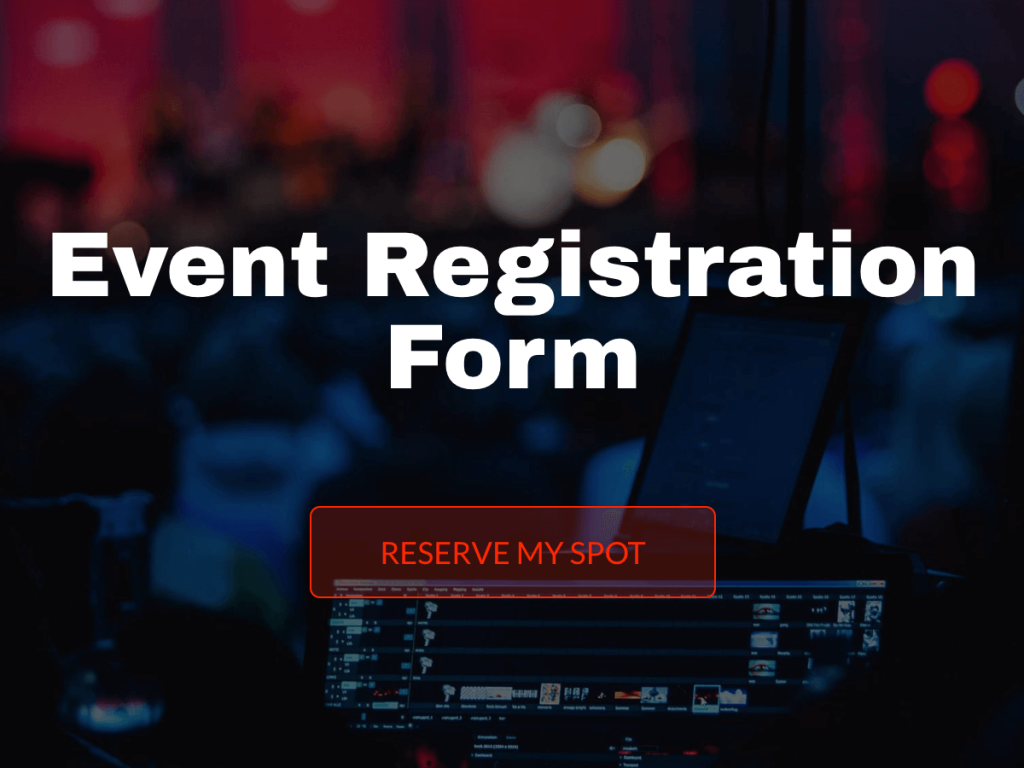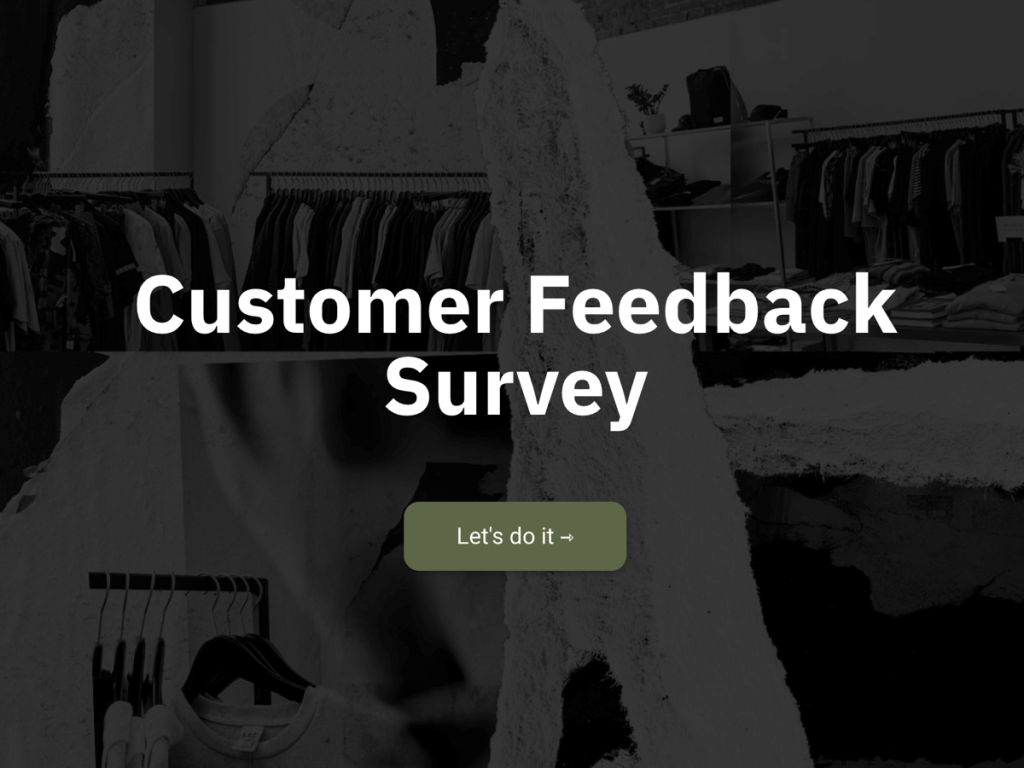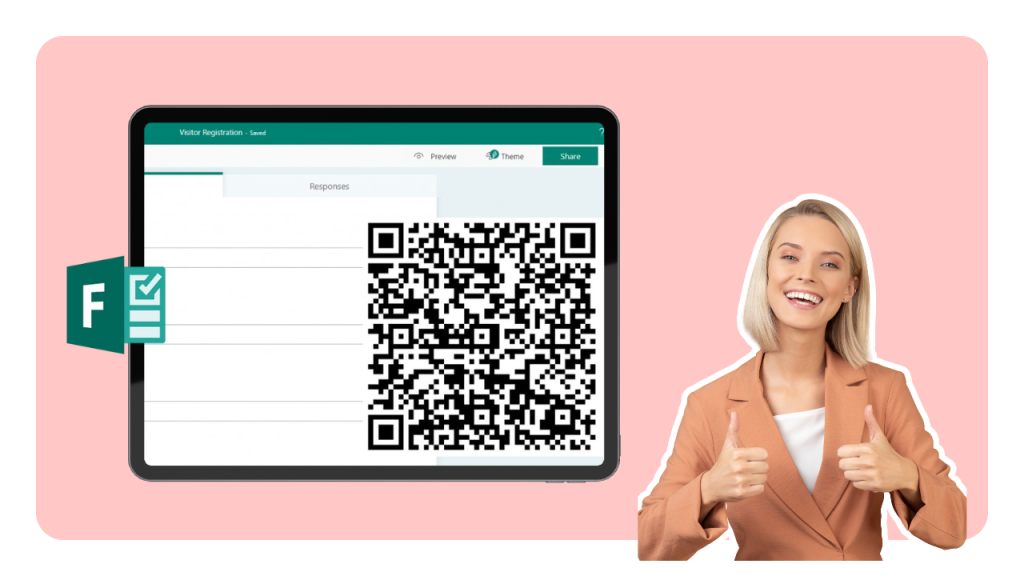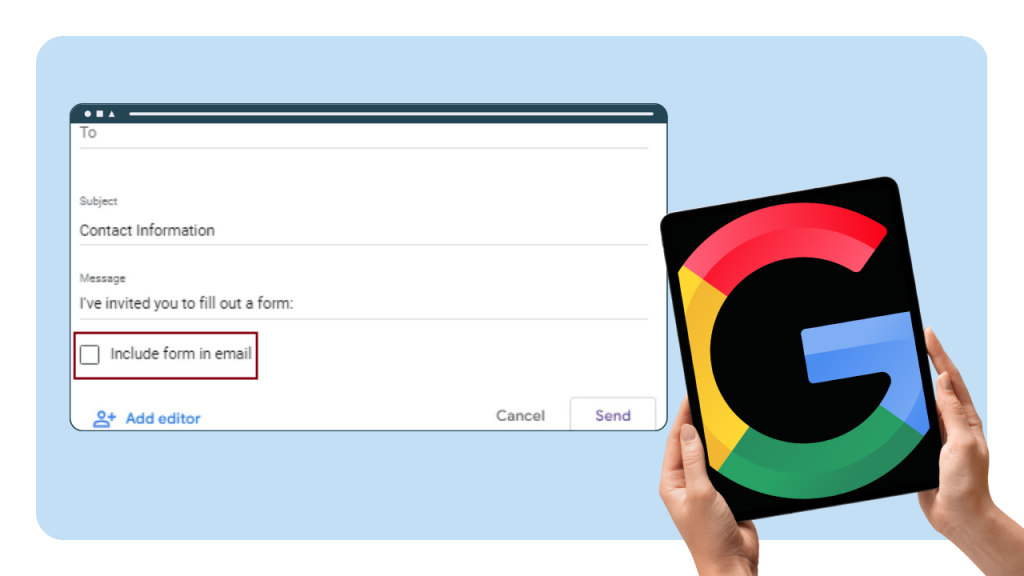Landing pages are like the secret sauce behind most successful marketing campaigns.
Why? Because they keep things simple.
Instead of sending people to a full website with a million links, you give them one standalone page. One goal. One action. Whether it's signing up, buying, or joining an event... there is zero confusion.
It’s focused. It’s fast. And it works.
In this guide, I’ll break down:
What a landing page actually is
Why it matters more than you think
The main types of landing pages
How to bring traffic to that shiny page
How to measure its success
Let’s dive in.
What is a Landing Page?
A landing page is a dedicated, standalone web page built with a single purpose, encouraging visitors to take one specific action after clicking from an ad, email, social post, or QR code. Unlike multi-page websites, it removes distractions, keeps messaging aligned with the traffic source, and focuses attention on a single call-to-action (CTA). That could be filling out a form, making a payment, or signing up for something.
And with involve.me's landing page builder, you can build these high-converting landing pages yourself. No coding. Just drag, drop, launch.
Standard Web Page Vs Landing Page
Feature | Standard Web Page | Landing Page |
Purpose | Provides general information and supports multiple objectives. | Focuses on a single goal or offer. |
Navigation | Multiple navigation links, menus, and site sections. | Minimal or no navigation to reduce distractions. |
Content Variety | May include mixed content (text, images, links, videos). | Highly focused content supporting one call-to-action (CTA). |
User Journey | Encourages exploration across different pages. | Directs the visitor toward a single next step. |
Conversion Rate Potential | Lower, due to multiple exit points. | Higher, due to focused path and message match. |
Homepage Vs Landing Page
Feature | Homepage | Landing Page |
Purpose | Acts as a hub, introducing the brand and directing to various site areas. | Drives one specific conversion action. |
Audience | Broad — anyone visiting the site. | Targeted — visitors from a specific ad, email, or campaign. |
Navigation | Full site menu, multiple paths to explore. | Minimal or hidden navigation to keep attention on the offer. |
Content Focus | Covers many topics and offers. | Concentrated on one offer or message. |
Conversion Focus | Low, designed for exploration. | High, every element supports the primary goal. |

Why Use a Landing Page Instead of Sending Traffic to the Homepage?
As you've just seen, there are differences of purpose and focus between a homepage and a landing page. Sending visitors to a targeted landing page keeps them focused on one offer, eliminates “leaks” from extra navigation, and improves ad relevance, all of which increase conversions.
It also makes A/B testing landing page variations easier and helps track performance per campaign.
Standalone landing pages can serve many campaign goals:
Lead magnets: eBooks, checklists, or templates in exchange for email signups.
Free trials or demos: Get signups for SaaS or product trials.
Product promotions: Showcase limited-time offers or seasonal deals.
Event registration: RSVP or ticket purchase pages.
Donations: Nonprofit fundraising with secure payment integration.
With involve.me templates, you can launch high-converting landing pages fast. Even if you’re working with a complex multi-step funnel.
B2C Lead Magnet Template
Demo Booking Form for Software Template
Get 50% Off Template
Event Registration Template
Customer Feedback Survey Template
Appointment Funnel Template
What Are the Key Elements of a Landing Page?
The key to a high-performing landing page is a clear headline, concise value proposition, a strong hero image or video, a single CTA, social proof, trust signals, and mobile-friendly speed. Good design puts the CTA front and center (above the fold), so visitors don’t have to scroll to take the desired action. And it removes anything that could slow them down. In involve.me, you can embed optimized forms, add conditional logic, and track partial submissions to refine results.
Above-the-fold Strategy
Don’t bury the lead. The key elements, headline, primary CTA, and hero visual should appear “above the fold” so visitors see them without scrolling. This makes the conversion path obvious and increases engagement, especially on a mobile landing page. It’s like a movie trailer. If the first few seconds don’t hook them, they’re out.
Forms That Convert Visitors
For a lead capture page, you'll need a form. Want people to finish your form? Keep it short. Use the right input types (email, phone, date pickers). Show a progress bar if it’s multi-step. And always make error messages clear. Multi-step and lead generation landing page forms can be built in involve.me with drag-and-drop simplicity.
Trust & Accessibility
On a good landing page visitors need to feel safe, and that's what social proof is made for. Show them real reviews or case studies, company logos they’ll recognize, trust badges and privacy statements near the CTA. Also: Make your page easy to navigate for everyone. High contrast. Clear labels. And yes, add consent checkboxes where needed (involve.me helps with all of that).
Read our guide on landing page structure to learn more about the anatomy of a high-converting landing page.

What Types of Landing Pages Exist?
There are two main types of landing pages: lead generation landing pages (form-based) and click-through pages.
A lead gen landing page collects visitor information via a form, while a click-through landing page sends visitors to a checkout page, app download, or next funnel step. Both types work best when matched to the audience’s intent and the traffic source.

Beyond the two main families, you’ll find other effective landing page formats:
Product-focused landing page: Showcases one product’s benefits, features, and reviews.
Event registration page: Gathers signups for webinars, workshops, or live events.
Splash/announcement page: Teases a new launch or campaign with minimal landing page content and a signup form.
Long-form sales page: Uses detailed copy, testimonials, and FAQs to drive a high-value purchase.
Microsite (campaign hub): A multi-page mini-site for large campaigns with separate landing pages that are interconnected.
When to Use Each Within Your Marketing Funnel?
Landing Page Type | Funnel Stage | Common Traffic Sources |
Lead-Gen | Top/Mid | Paid advertising (search, social), email campaigns |
Click-Through | Mid/Bottom | Retargeting ads, product launch emails |
Product-Focused | Mid | Organic product pages, influencer links |
Event Registration | Top/Mid | Social campaigns, partner newsletters |
Splash/Announcement | Top | PR links, QR codes, teaser ads |
Long-Form Sales | Bottom | Warm leads from email or remarketing |
Microsite | Full Funnel | Multi-channel campaigns, brand partnerships |
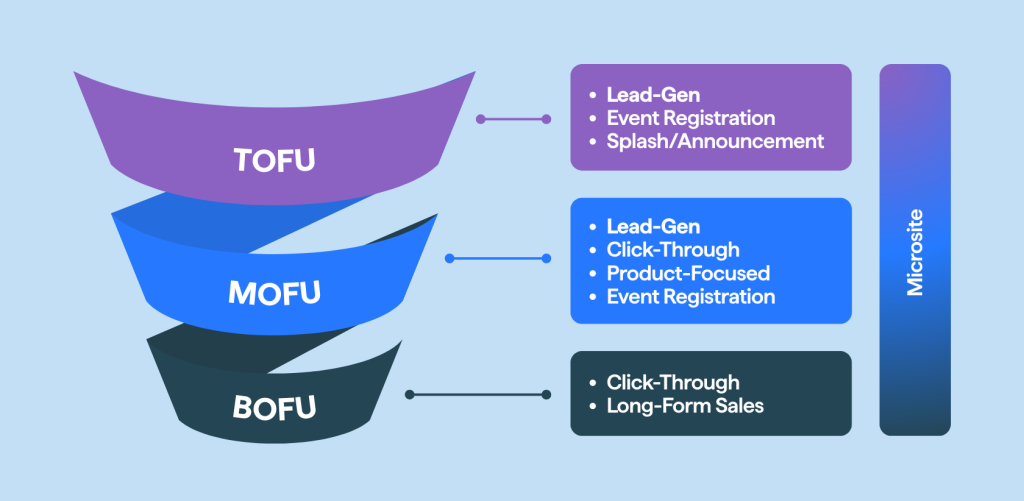
How Do I Drive Targeted Traffic to My Landing Page?
Driving traffic to your landing page is great, but the key is to focus on quality over quantity. Don't fall for vanity metrics, a smaller number of well-targeted visitors will convert better than tons of unqualified clicks. By matching audience, channel, and message tightly, you drive traffic that wants what your dedicated landing page offers – making conversion much more likely.
Doesn’t matter if they’re coming from a Google ad, a social post, an email, or even a QR code. The copy they click has to match the landing page copy. Otherwise, you lose trust, and probably the conversion.
Also, don’t forget to tag your links with UTM parameters. That’s how you track where your traffic’s coming from, which channels are working, what campaigns are actually driving results, and ultimately, where to focus your online marketing efforts.
Master SEO Basics for Organic Traffic
If you want your landing page to bring in organic traffic from search engines, or just make it more user-friendly, SEO (Search Engine Optimization) matters.
Start with the basics: keyword research. Pick one main keyword that matches both your page content and what people are actually searching for. For example, if it’s a definition page, “what is a landing page” works. If it’s a signup page, something like “free CRM trial” makes sense.
Once you’ve got your keyword, weave it in naturally: Title tag, meta description, main heading, body copy. But don’t force it.
Your page has to deliver on search intent. If people land on your page and bounce, search engines like Google notices. If they stick around because they got exactly what they came for, you’ll move up in rankings.
Now for the technical stuff:
Keep load times quick. Compress images, trim down scripts, and make sure it’s mobile-friendly.
Use a clean, simple URL, ideally with your keyword or a clear descriptor.
Structure content with proper headings (H1 for the main title, H2/H3 for subsections). Makes it easier for both readers and crawlers.
If you’ve got long-form valuable content, add an FAQ section. Bonus points if you mark it up with FAQ schema.
And don’t forget the housekeeping:
Check that your page is indexed. If it’s on a custom domain, submit it through Google Search Console.
Write a solid meta description. It may not affect rankings directly, but it can boost your click-through rate.
Title tags matter. Include your keyword.
What about backlinks? They help, but for short-term campaign landing pages, you probably won’t go heavy on outreach. For longer-term content pieces, digital PR and content marketing can give you a lift.
Bring Traffic from Email & Social
When it comes to email and social traffic, one rule stands above the rest: stay consistent. Match the message, the tone, and the design across every touchpoint.
Let’s start with email. If you’re blasting out a campaign to push people to a dedicated landing page, don’t make it feel like two separate experiences. The email should set up the landing page.
Use similar wording for the offer.
Mirror the CTA button.
Keep the design familiar.
That way, when someone clicks through, it feels like a natural continuation, not a bait. Example: if your email says “Claim your 20% discount on our new course” with a big button, the landing page they land on should immediately say “20% off – Enroll in the course now.” No surprises.
Social media? Different ball game. People scrolling Instagram or TikTok aren’t actively searching for your product. You’ve got to stop the scroll. Use a striking visual and a short, benefit-focused headline. Once they click, your landing page should look and feel like the ad they just saw. Same imagery, same headline, same promise. That instant recognition tells them, “Yep, I’m in the right place.”
A few extra social tips:
Target smart. Social platforms let you zero in on demographics and interests, don’t waste clicks (and money) on the wrong audience.
Use your bio link. On Instagram or TikTok, swap your bio link to the landing page you’re promoting (or use a link-in-bio tool if you’re juggling multiple campaigns).
Add QR codes. Running print ads or hosting in-person events? A QR code is the fastest way to send people straight to your landing page without making them type a URL.
Retarget. Not everyone converts on the first try. Use pixels to re-engage people who visited your page but didn’t act. Offer them a sweetener, like “Still thinking it over? Here’s 10% off.”
And here’s the part most marketers overlook: the journey has to feel cohesive. If your ad is fun and casual with bold visuals, don’t send people to a stiff, corporate-looking page. Keep the tone, look, and feel aligned from the first touch to the final conversion.
One last thing: track everything. Add UTM parameters to your email links and social ads so you can see exactly which channel brings in the conversions. If you find email drives more sign-ups than Twitter, shift more resources there.
The takeaway? Align the message, use each channel’s strengths, and make the click-to-landing journey seamless. Do that, and your visitors arrive primed to take your desired action.
How Do I Measure Landing Page Success?
A landing page’s success comes down to conversions, but conversion rate alone isn’t enough. Bounce rate, time on page, and traffic source all add context. By tracking with UTM tags, you can see which channels bring in the best results. In short: a successful landing page converts a high percentage of the right visitors and brings in enough volume to matter. Regularly compare results against past campaigns or benchmarks to know when it’s time to optimize.
involve.me’s analytics dashboard shows all of these, plus partial submissions for abandoned forms.
Track critical events to see where users drop off:
Form start (when visitors begin filling fields).
Form submit (successful completions).
Field errors (invalid inputs causing friction).
Abandonment step (last field viewed before exit).
Review analytics at least weekly, comparing against your own historical data. Test improvements through:
A/B testing headlines, visuals, and button copy.
Reducing unnecessary form fields.
Changing the CTA placement or style.
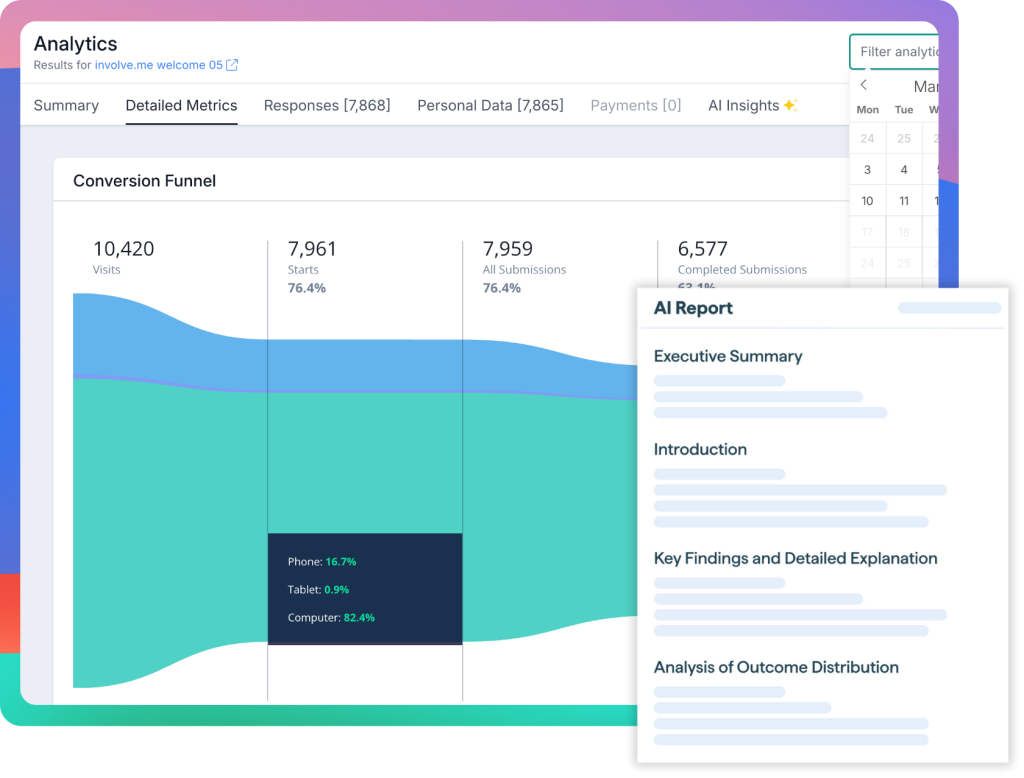
What Improves Conversions on Landing Pages?
Higher conversions come from focus, one goal, a short form, visible progress, strong social proof, and uncluttered visuals. Keep the CTA above the fold, remove distractions, and guide visitors to act without hesitation.
Mobile-first
Place CTAs where they’re easy to tap with one hand.
Use mobile-friendly input types (email, number, date pickers).
Compress images and videos to improve load speed on mobile networks.
Use bullet points instead of long paragraphs for your valuable content
Friction Reducers
Pre-fill known values or offer defaults.
Use conditional fields to only show relevant questions.
Enable inline validation so users can fix errors instantly.
Recovery
Use partial submissions to follow up with visitors who didn’t complete the form.
Add reassurance copy near the CTA (privacy policies, refund guarantees).
Include trust badges or secure payment icons where applicable.
For more tips on how to optimize landing pages, read our guide on landing page optimization.
To Wrap Up
Now that you know what is a landing page, its purpose within your online marketing strategy, and how to optimize it, the next step is putting that knowledge into action, following landing page best practices. A focused, conversion-driven page can dramatically improve your marketing ROI by guiding visitors toward a single goal, whether it’s capturing leads, selling products, or collecting donations.
With involve.me's landing page builder, you can create high-converting landing pages without code, using drag-and-drop forms, calculators, logic jumps, analytics, and payment integrations. Thousands of marketers, founders, and SMB teams already trust involve.me to turn clicks into measurable results.
Create a landing page in minutes
No coding, no hassle, just better conversions.
Landing Page FAQs
-
A landing page has one job: get someone to take a specific action. It usually shows no extra links, no distracting menus, just a clear message and one strong call‑to‑action like “Sign up now.” On the other hand, a homepage introduces your brand and acts like a hub. It gives people many paths to explore: products, about, blog, contact. In short: a landing page is about converting. A homepage is about discovery.
-
You want one primary CTA only. That’s how you keep visitor focus locked on one goal (sign‑ups, purchases, whatever you want). It’s OK to show that CTA a few times (top, middle, bottom of the page), as long as they all push toward the same action. Multiple different CTAs can confuse people and hurt conversions. Occasionally, you might include a quiet secondary CTA (for example, “Maybe later, email me”), but it should be visually subdued.
-
There’s no magic number, but fewer fields almost always works better. If you’re collecting leads, try sticking to 3‑5 fields (name, email, maybe one qualifying question). Once you get to 7+ fields, people start wondering why you need so much info and often they abandon. If you need more info, split the form into steps or make some fields optional. Also keep device in mind: on mobile even 5 fields can feel like too many. Only ask for what you really need to qualify or convert someone. If in doubt, remove a field or test what happens without it.
-
You don’t have to, but it’s usually a smart move. When the ad or audience is different, having a matching landing page helps you speak directly to their needs. You can highlight the exact pain points, the imagery, the messaging they’ll respond to. Even the smaller cues can make a difference. If doing separate pages sounds like too much work, you could use tricks like dynamic text replacement, so certain words change based on who clicked the ad. But full dedicated pages give more control and often better results. Also, with separate pages, you can A/B test each funnel on its own, so you optimize for each audience.
-
Choose one element to change (headline, image, button copy, etc.). Make a variant. Send some traffic to your original page, some to the variant. Give it enough time so the results are statistically meaningful (not just a few clicks). If the variant does better, adopt that change. Then pick something else to test. Many tools let you set this up automatically, involve.me included. If you don’t have a fancy tool available you can do basic A/B manually by creating two pages and splitting traffic between them. The key is: one test at a time, enough data, then clean decision.
-
Yes. You can embed via HTML if the platform supports it (for example using an iframe). That way people stay on your site while seeing the landing page content. With involve.me, for example, you can easily embed it full page, in-line, trigger it as a popup, and more. Another option is to host the landing page under a custom domain or subdomain of your site. When embedding, make sure the embedded content stays focused. Avoid cluttering around it, since distractions reduce conversion.
-
First, set up analytics (e.g. Google Analytics) or use your landing‐page tool’s built‑in tracking (involve.me offers it). Define the conversion event (form submission, button click, etc.). Use “thank you” or confirmation pages or custom events so you know when success happens. For sources, always use UTM parameters in your URLs (utm_source, utm_medium, utm_campaign). That way you’ll see which channel or ad drove each visitor. If possible, put those UTM tags into hidden fields so when someone converts those tags come through in your data. If you run ads, add the ad network’s conversion pixel or snippet on the final confirmation step, or trigger via tag manager. Optionally, feed data into your CRM or email system so you can trace leads back to source and see what actually becomes a customer. Once that’s in place, you can answer: how many conversions, from where, at what rate, and that’s your path to improving ROI consistently.


